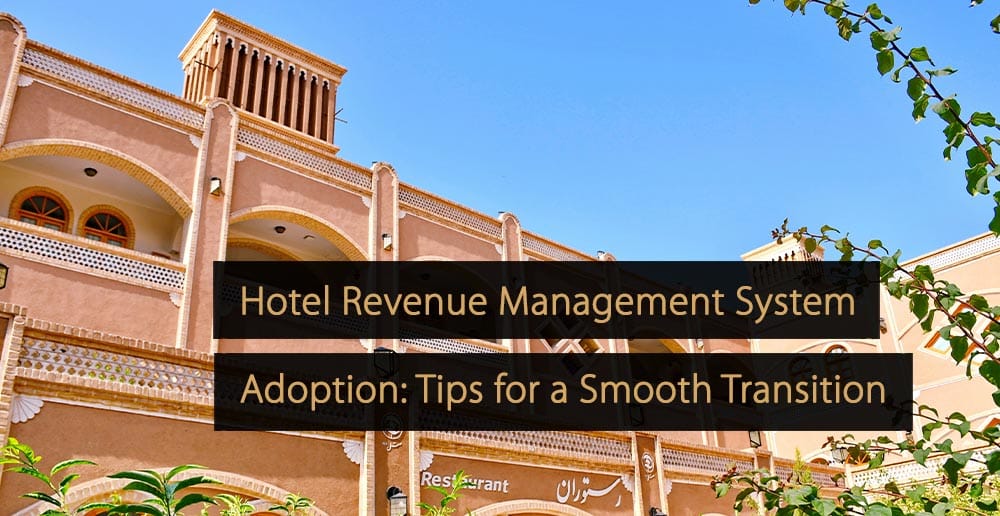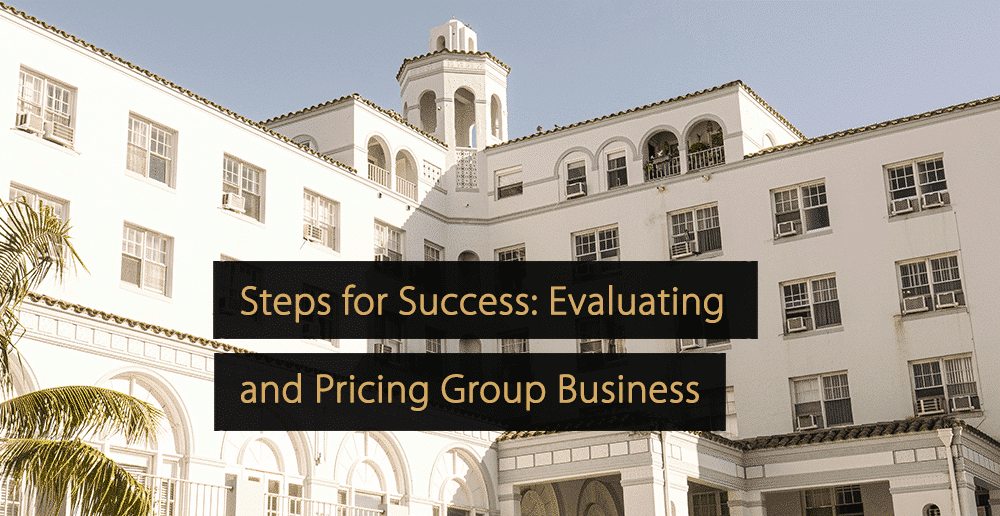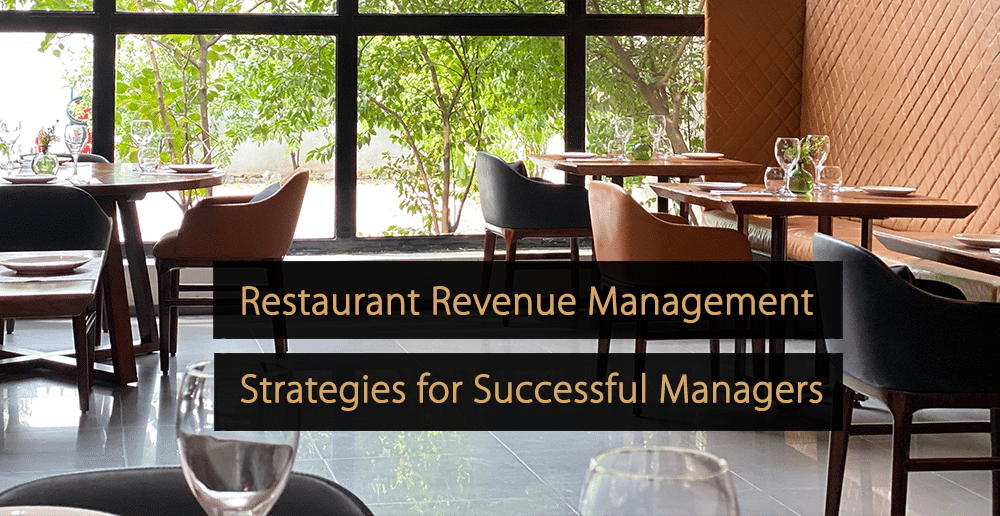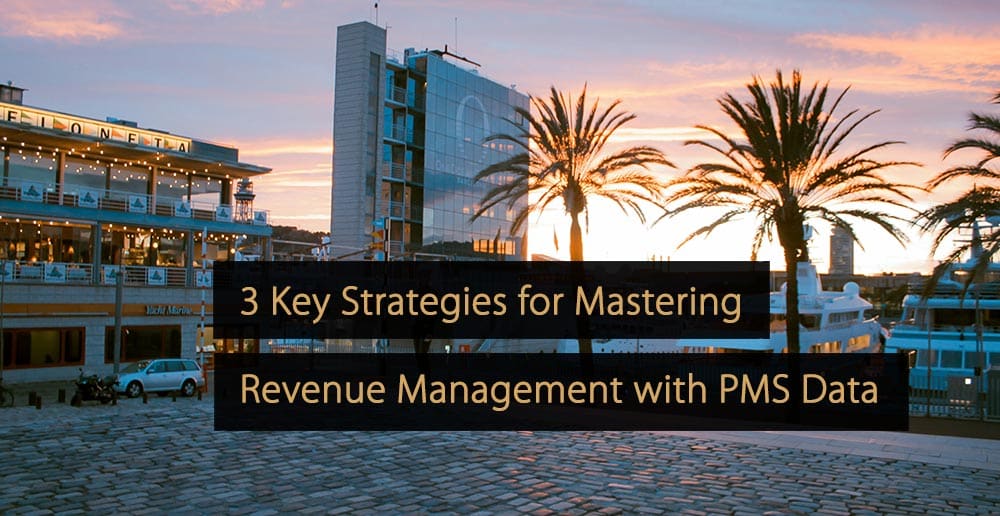A revenue management system (RMS) is a fantastic tool for attracting demand from high-value guests, driving efficient operations, improving revenue performance, and increasing profitability. Of course, the best tools in the world won’t do your property much good if your staff isn’t bought in on their proper usage and equipped with what’s needed to get the most out of them.
Tips for Successful RMS Implementation and Adoption
Introducing a change to an established routine will always cause angst among staff. But with the right approach, hoteliers can flip the script from a “Why bother?” mindset regarding RMS adoption to a “Why not?” mindset.
If you’re looking to build buy-in among your staff and in turn, reap the benefits of a new revenue management system, consider these tried-and-true tips.
Despite it often being a central focus, the technical work associated with RMS implementation is only part of the equation. The best implementations take a holistic approach to ensuring all stakeholders are informed, excited, and ready to roll with the new system at their disposal.
1. Spread Awareness Among Staff and Management
The initial step in gaining staff buy-in involves sharing pertinent information with all stakeholders and staff, ensuring everyone is informed about upcoming changes and understands their expectations. Consider the ideal medium for the message, who the audience(s) are, and what they’ll care about most regarding the upcoming change. Perhaps most importantly, explain the “Why?” driving the change.
Ultimately, stakeholders are more likely to embrace the RMS if they understand its benefits. Communicating information highlighting the RMS’s value, potentially through case studies, demonstrations, or testimonials from industry peers, can help illustrate why these changes are happening.
This early period is the time to set the stage by providing information and identifying a team of internal advocates who will help reinforce your message. These critical influencers, whether managers or well-regarded individual contributors, help signal the importance of the change and encourage others to sit up, take notice, and embrace the effort.
2. Acknowledge and Address Concerns
Change tends to leave people feeling on guard, even when well-communicated. While you may not be able to address every concern that springs to mind among staff feasibly, it’s important to hear them out and address these worries head-on as best you can. This not only serves as a means for calming nerves, but it can also help you identify process-related issues to get resolved. By hearing staff out and working through these concerns, trust is built.
With an automated revenue management system, it’s also important to address staff concerns about automation and how this tool will impact their work. Remember, an RMS does not replace people, it simply augments their effectiveness. By automating the more tedious elements of their work, revenue teams are freed to focus on more impactful strategic efforts.
3. Set Staff Up for Success with Comprehensive Training
It’s no surprise that training is a critical component of RMS adoption, and to do it well requires a thoughtful approach. Your training process should be designed to accommodate varying schedules, roles, and learning paces. Include comprehensive learning materials that are easily accessible by staff. This may require additional time and effort up front, but ensuring your staff is confident and comfortable with the system is key for successful long-term RMS adoption.
Look beyond immediate training needs and consider the materials and assets to facilitate long-term success. Ease-of-use solutions like how-to guides, step-by-step instructions, and user “strategy guides” for common revenue management scenarios are valuable assets to consider. Set aside time for refresher training and exploring system features among staff.
Above all, make it easy.
4. Lean on RMS Provider Expertise
Encouraging RMS adoption isn’t a solo effort. Your RMS provider’s onboarding expertise is an asset, so use it. Training sessions, support materials, and other key components for facilitating RMS adoption don’t need to be built from scratch; they can just be tailored a bit to fit the needs of your property.
Trust your technology partner’s expertise to guide rollout plans for technical implementation work. They know what it will take to install and implement with minimal disruption to your property and know of the common potential pitfalls to avoid.
The value of an RMS increases when in the hands of knowledgeable users dedicated to the long-term adoption of its capabilities. Setting the stage for successful RMS adoption takes a collaborative, thoughtful effort between hotel owners, managers, and technology partners—but that effort is worth it when well-equipped users are put in a position to drive sustained revenue success.
Free Guide: 6 Hotel Technology Predictions for 2024
Automation and AI are revolutionizing traditional business practices in the dynamic hospitality industry.
As 2024 becomes clearer, experienced hospitality professionals “gazed into the crystal ball” to preview the future. 2024 is shaping up to be a big year in hospitality – are you ready for it?
Click here to download the guide “6 Hotel Technology Predictions for 2024“.








Leave A Comment